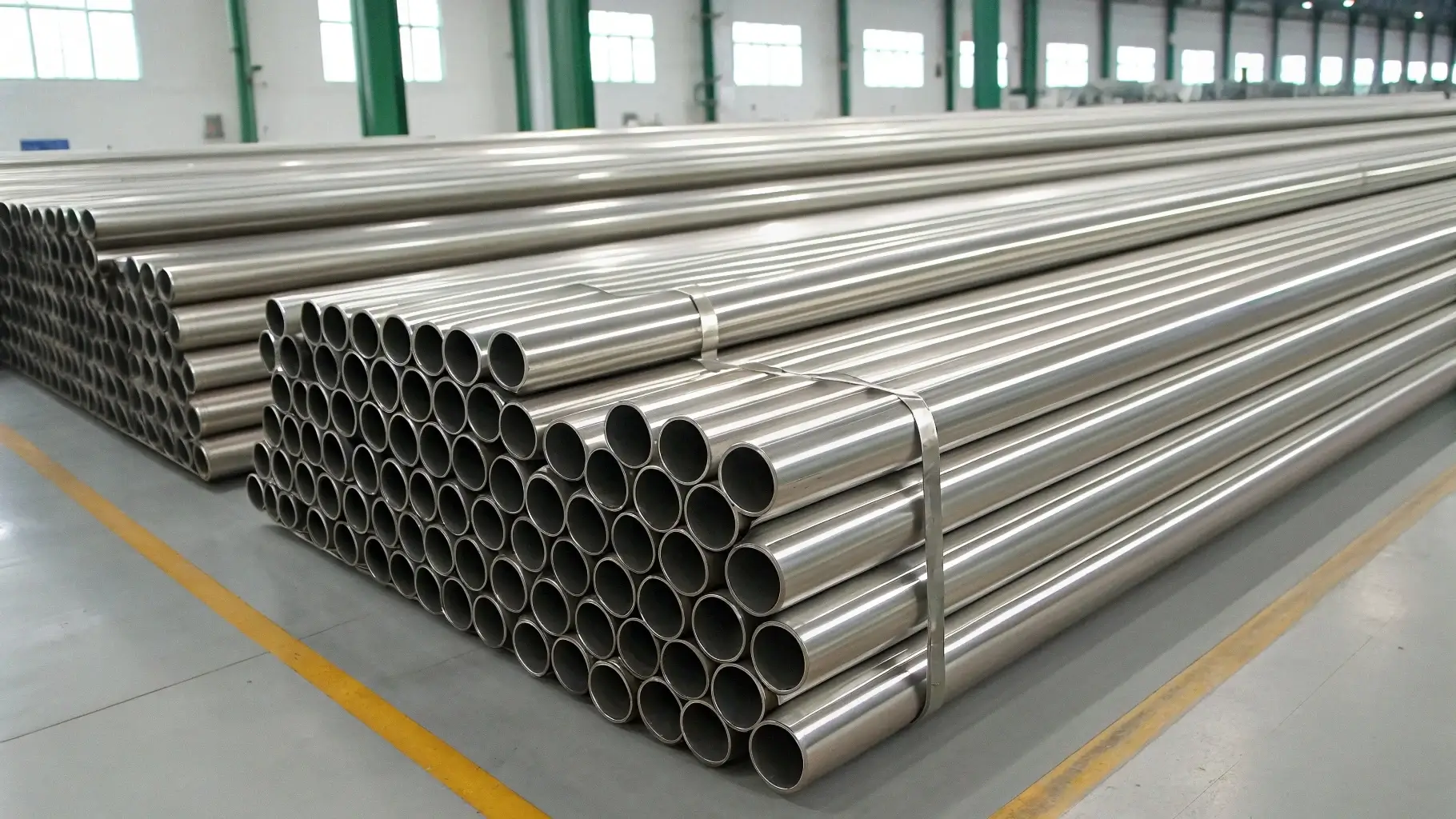
Looking for tubing that lasts, resists corrosion, and looks clean in any application? 304 stainless steel delivers on all fronts.
304 stainless steel tubing is known for its corrosion resistance, strength, ease of fabrication, and hygienic surface, making it ideal for many industries.
If you’re choosing tubing for your next project, here’s why 304 stainless steel stands out.
What is 304 Stainless Steel Tubing?
304 tubing is more than just steel—it’s engineered excellence.
304 stainless steel tubing is an austenitic alloy containing 18% chromium and 8% nickel, known for its durability, weldability, and corrosion resistance.
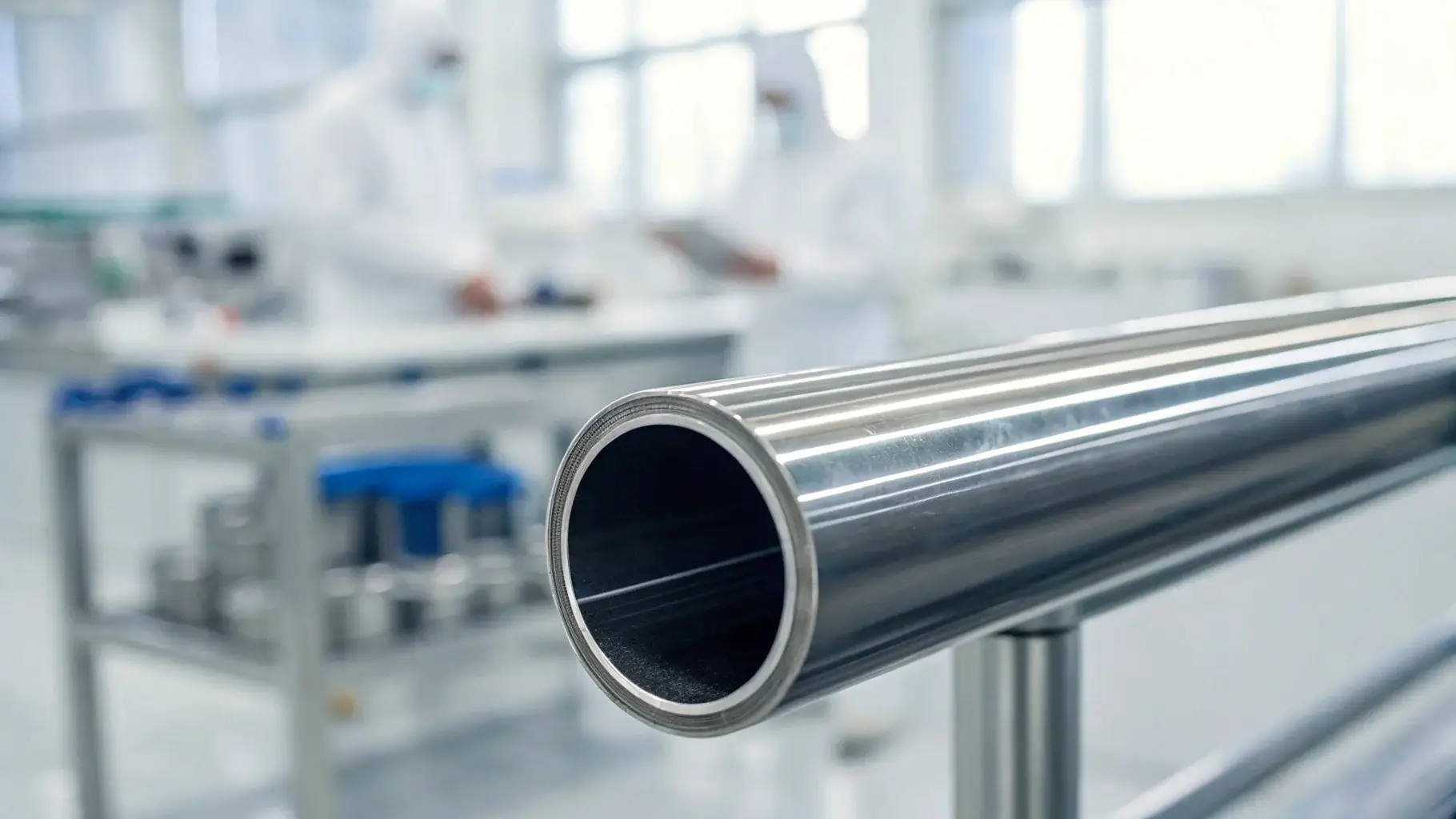
Why It Matters:
- It's the most commonly used stainless steel grade.
- Meets industry standards for food safety, construction, and cleanroom use1.
- Combines formability with resilience.
Key Properties of 304 Stainless Steel Tubing
These physical properties explain why it's the go-to material in so many industries.
From corrosion resistance to non-magnetic behavior, 304 tubing offers a powerful blend of strength, hygiene, and performance.
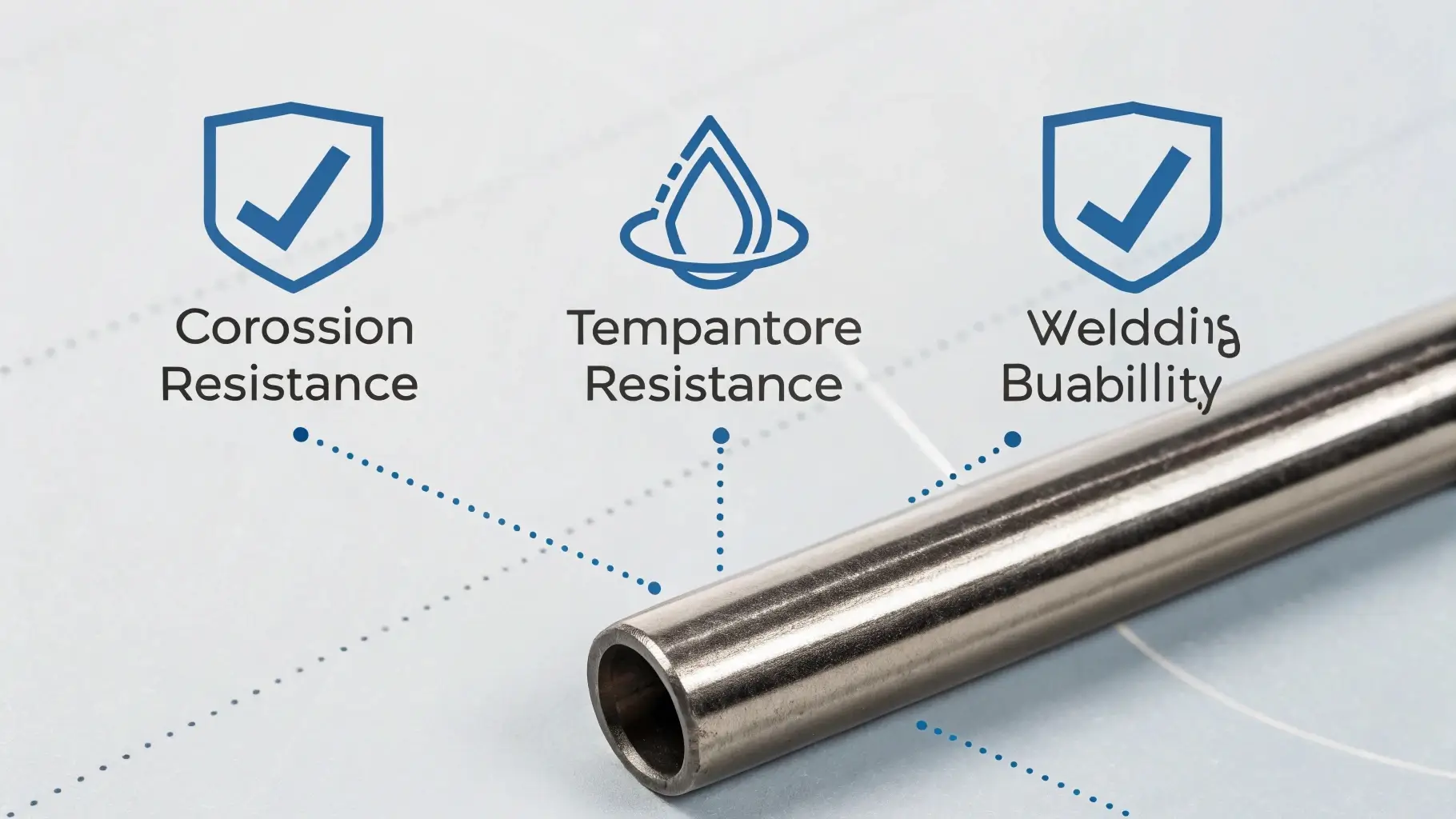
Property Highlights
| Property | Description |
|---|---|
| Corrosion Resistance | Resists rust, acids, alkalis, and moisture |
| Durability | Withstands pressure, impact, and high temperatures |
| Weldability | Easily welded with standard processes |
| Non-Magnetic | Remains non-magnetic in annealed condition |
| Thermal Stability | Works up to 870°C in intermittent use |
| Surface Finish | Smooth and cleanable for sanitary environments |
What Are the Main Benefits of Using 304 Tubing?
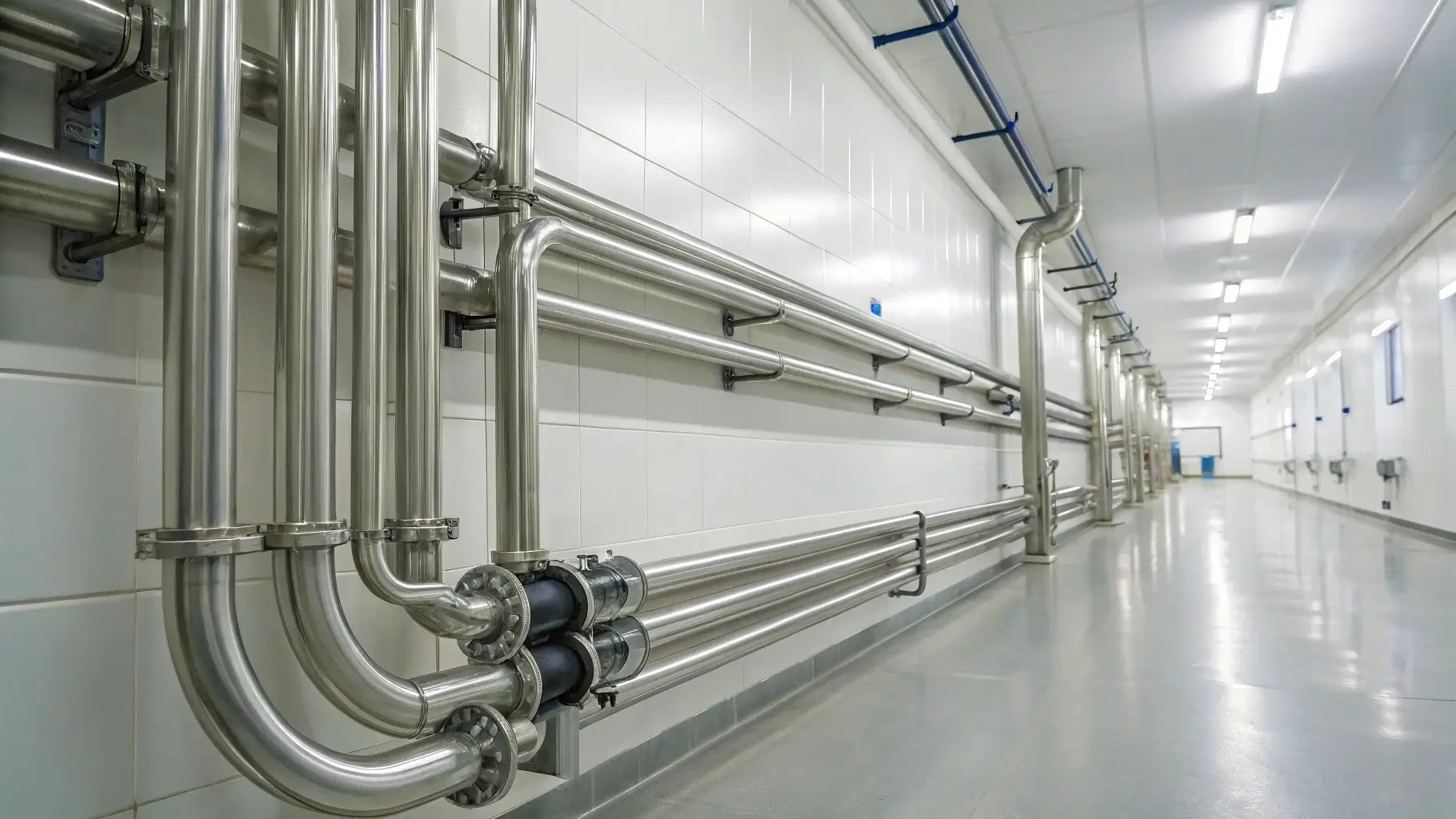
Corrosion Resistance
304 tubing is ideal for environments exposed to moisture, chemicals, and acids. It forms a passive chromium oxide layer that protects against corrosion, which is crucial in food, chemical, and marine applications2.
"We chose 304 tubing for our brewery. Three years later, zero rust—and still easy to clean."
Durability and Strength
High tensile strength and toughness mean 304 tubing holds up under pressure and heat. It resists cracking and mechanical wear, making it suitable for structural, automotive, and energy sector applications3.
Easy Maintenance and Cleanability
The non-porous surface resists buildup and bacteria. Just rinse with mild soap or disinfectant—no need for harsh chemicals or treatments. 304’s hygienic finish4 is widely used in sanitary environments.
Versatility Across Industries
304 tubing fits in everywhere—from kitchens to construction. Its formability and weldability allow it to be shaped, bent, or cut for custom installations in many industries5.
Cost-Effectiveness Over Time
Although the upfront cost is higher than carbon steel or aluminum, it pays off in the long run. It requires less maintenance, resists damage, and often lasts decades, reducing total cost of ownership6.
Where is 304 Stainless Steel Tubing Commonly Used?
From high-tech to heavy-duty, it’s everywhere.
304 tubing is used in cleanrooms, factories, commercial kitchens, and industrial plants.
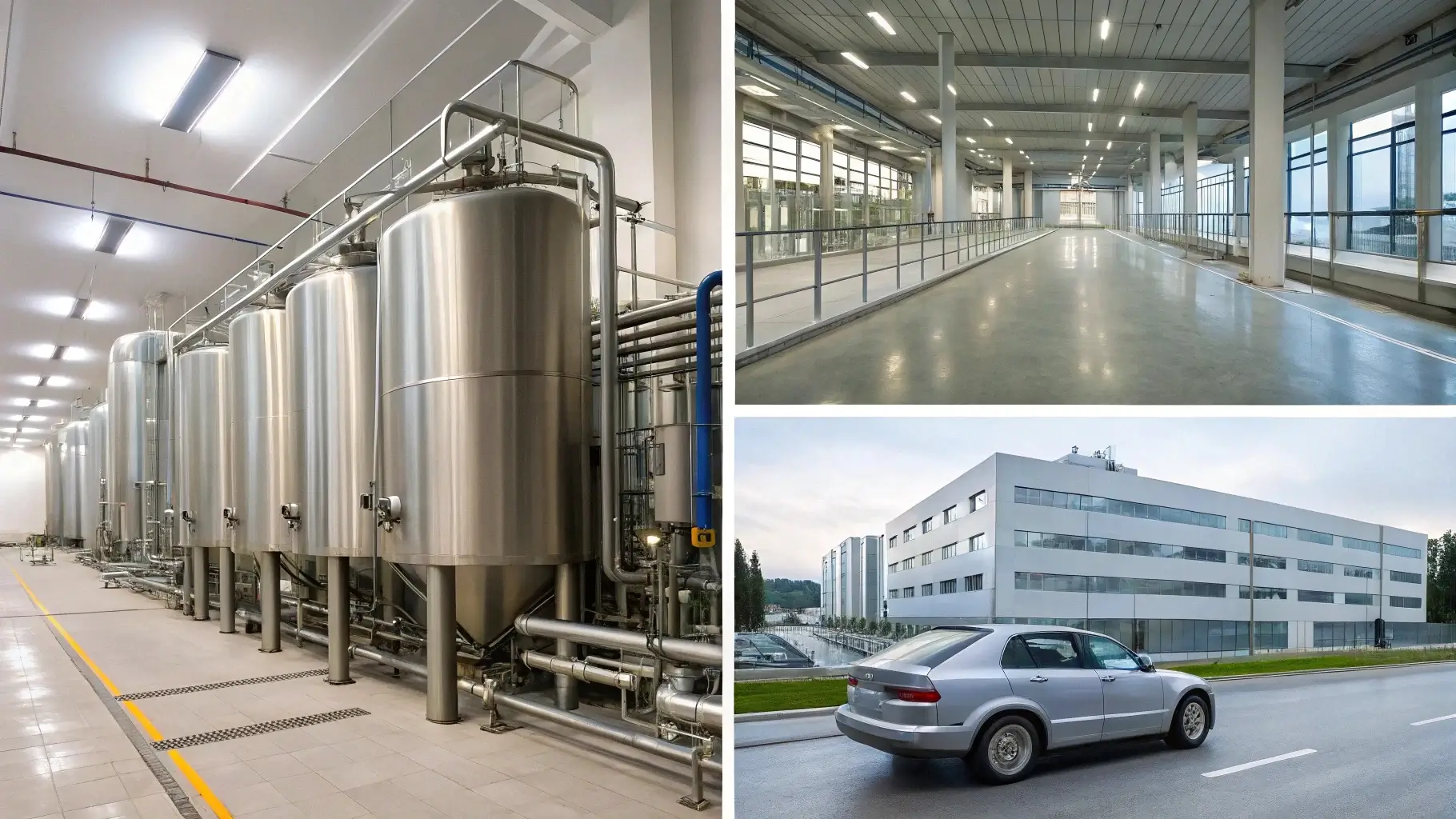
Application Examples
- Food and beverage processing lines
- Pharmaceutical production equipment
- Heat exchangers and condensers
- Water piping and chemical transport
- Automotive exhaust systems
- Architectural railings and frameworks
Learn more about common use cases for 304 tubing7.
How Does 304 Tubing Compare to Other Materials?
Looking at other options? Here's how 304 stacks up.
Compared to carbon steel and aluminum, 304 offers superior resistance and lower long-term maintenance costs.
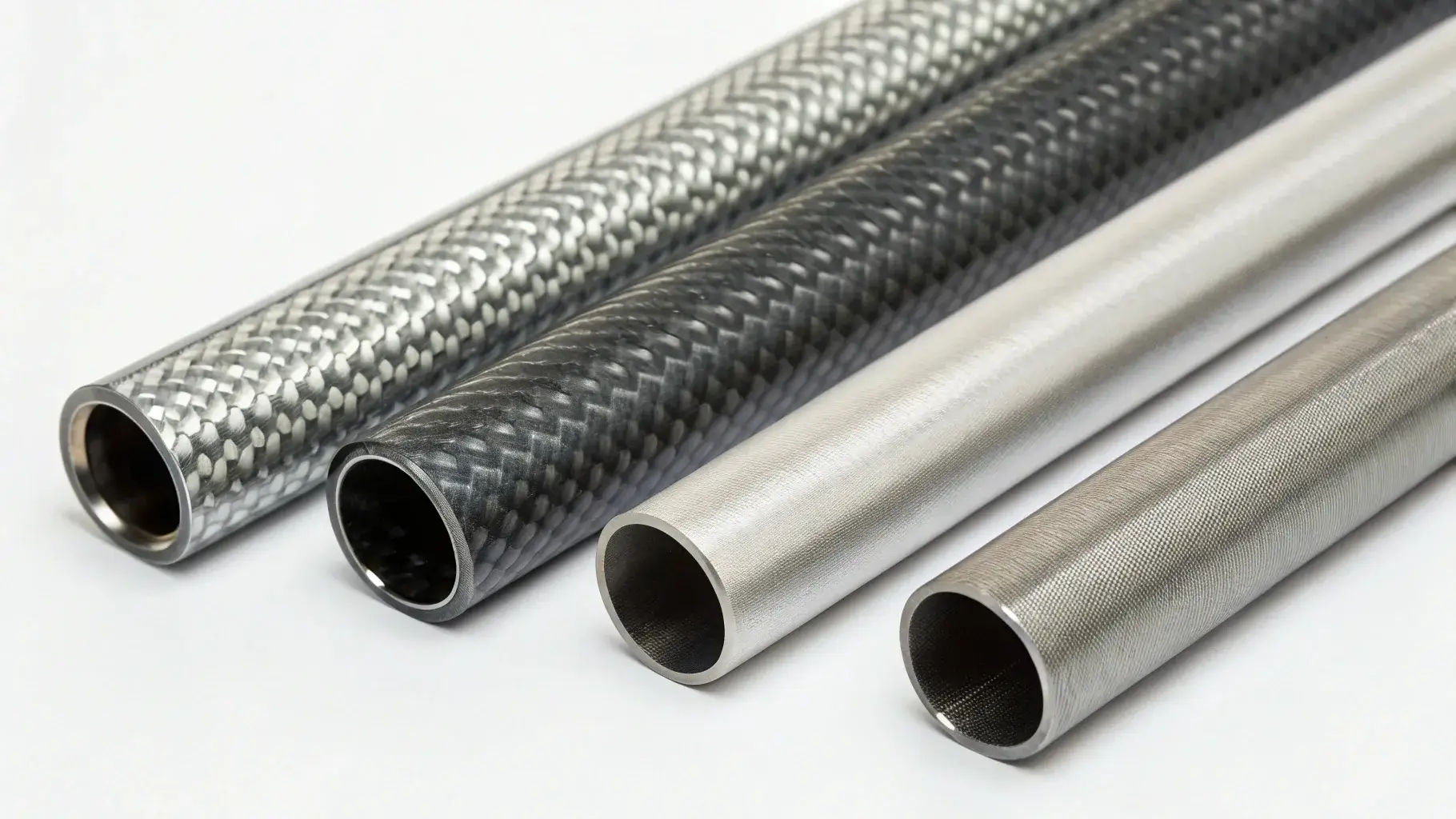
Comparison Table
| Feature | 304 Stainless Steel | Carbon Steel | Aluminum |
|---|---|---|---|
| Corrosion Resistance | Excellent | Poor | Moderate |
| Durability | High | Moderate | Lower |
| Maintenance | Low | High | Moderate |
| Initial Cost | Higher | Lower | Moderate |
| Weight | Moderate | Heavier | Lightweight |
| Weldability | Excellent | Good | Good |
See an in-depth material comparison guide8 for more.
What Do Market Trends Reveal About 304 Stainless Steel Tubing?
Global industries are investing more in quality—and 304 tubing is leading the way.
The market for 304 stainless steel continues to grow, driven by demand in construction, healthcare, and clean energy.

Industry Data
| Metric | Value | Year |
|---|---|---|
| Global stainless steel market | $12.5 billion USD | 2024 |
| Forecast market size (2033) | $18.8 billion USD | 2033 |
| CAGR (2024–2033) | 5.7% | Forecast |
| Stainless steel production volume | 53+ million metric tons | 2026 |
| Share held by 304 tubing | Largest of all stainless grades | 2024 |
Explore market trends and forecasts9 influencing material demand.
Frequently Asked Questions About 304 Stainless Steel Tubing
Q1: Why is 304 stainless steel tubing preferred over other stainless steel grades?
A1: 304 offers a strong mix of corrosion resistance, affordability, and weldability, making it a balanced and versatile choice.
Q2: Is 304 stainless steel tubing safe for food and pharmaceutical applications?
A2: Yes, it's approved for sanitary use and resists bacterial growth, making it ideal for strict hygiene standards.
Q3: Can 304 stainless steel tubing handle high temperatures?
A3: Yes. It maintains its integrity up to ~870°C during intermittent exposure and ~925°C in continuous service.
Q4: Is it cost-effective compared to carbon steel or aluminum?
A4: Yes. Although it costs more upfront, it lasts longer and requires less maintenance, saving money long term.
Q5: What are the maintenance requirements for 304 stainless steel tubing?
A5: Minimal—just clean regularly with mild soap. No special coatings or rust treatments are needed.
Conclusion
304 stainless steel tubing offers strength, cleanliness, and corrosion resistance that cheaper alternatives just can't match. Whether you need reliability in a lab, factory, or public structure, this tubing is a proven, versatile solution that delivers value for years to come.
Footnotes:
-
View certifications and standards that approve 304 for sanitary and structural use ↩
-
Understand why 304 tubing is preferred in food and chemical environments ↩
-
See where 304 tubing is used in heavy-duty and high-performance applications ↩
-
Learn why 304’s smooth surface benefits sanitation and cleaning ↩
-
Explore how 304 tubing is used across different industries ↩
-
Review cost-saving benefits of stainless tubing over time ↩
-
Find detailed use cases of 304 tubing in commercial and industrial settings ↩
-
Read comparisons between stainless, carbon steel, and aluminum tubes ↩
-
Track stainless steel tubing market trends and growth data ↩

